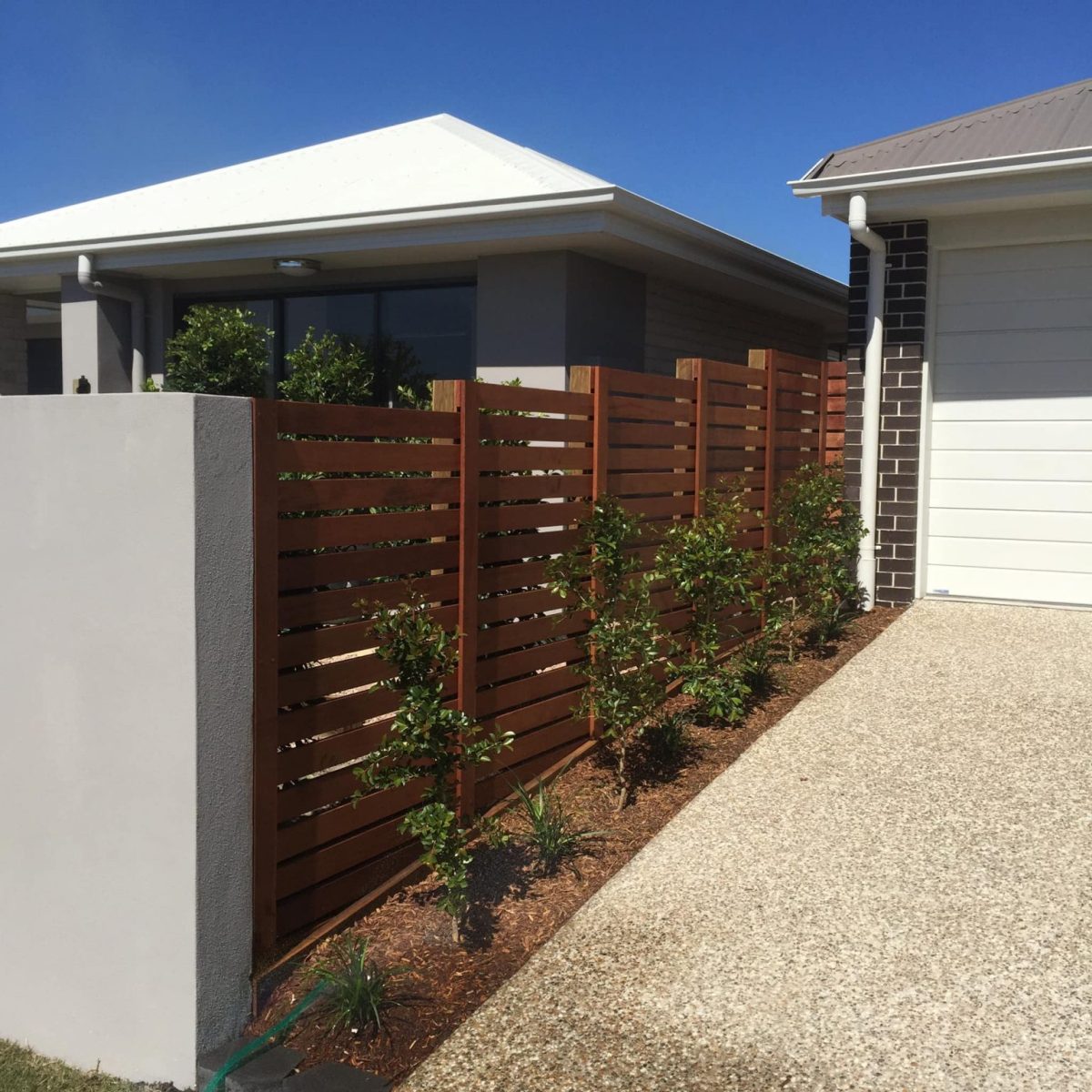Your place?s appraise can be boosted by adding in good order reinforced retaining bulwarks or by upgrading or replacing the stream retaining walls on your prop . The primary elements to look at when edifice a retaining wall are materials and lineament of facility . A in good order installed wall will hold the elements and survive for 10s . You may be speculative what are the dissimilar types of retaining walls ? The three main types of retaining walls are concrete, and masonry or stone . The materials you choose will count on the location of the wall, the aesthetic qualities you prefer, and how long you ask the wall to cobbler’s last.

A retaining wall is installed to curb ground and hold it in place in areas where a slope is present . Retaining walls can be installed to set off patio and entertainment areas or create way of lives in residential backyards . Also they can be installed to restrict dirt in place to form useable roads . Building a retaining wall on your land is no small job, and you want the wall?whether made of concrete, or masonry?to exist for as many decades as possible . Here are some facts on retaining walls to assist you make the best conclusion for your of necessity.
Concrete and Masonry Retaining Walls
Retaining Wall Walls:
Poured cement is the strongest and most long-wearing selection for retaining walls . It may too be carven and formed to look similar mortared stone depending on your try . Poured cement walls are the only type of retaining bulwark that aren?t reinforced to be battered (leaned back against the solid ground, which is useful if you are short on space.
Interlocking concrete city blocks are some other alternative and one which is an easy alternative for DIYers . Though made from concrete, the blocks ordinarily get a rough look for a quarried aspect . They are manufactured to easy fit together without the use of mortar .
Masonry retaining walls can be reinforced either with or without mortar and will likely demand a builder for proper facility . If they are reinforced in good order, they will conclusion upwards of xl years.
Choosing Retaining Wall Materials
When choosing the materials for your new retaining wall, always choose the best quality material you can afford ? the better the materials, the solid the wall will survive and the safer it will be as well . Remember that a retaining wall is meant to confine tons of dirt, so be sure enough to only use top-quality stuff . If your retaining wall will be more than 3 1 metre high, you are too obligated to use an technologist and you may too demand a countenance . Aesthetics will act a big role in your selection of materials . For instance, if you want a modern, sleek feel to the bulwark, opt for poured cement rather than stone.
Anatomy of a Retaining Wall
Each retaining-wall material has its of necessity in price of space, labor, and instalment expertness . The necessaries of each type of retaining wall are elaborate below . It is important that retaining walls are installed in good order to get the longest life from them.
Masonry Retaining Walls
For a stone retaining wall, it?s best to get a professional builder to instal the wall . The foothold moldiness be located below the frost line and should be made from rebar reinforced concrete (a steel bar or net of steel wires is embedded within the concrete to tone it) . Weep holes (small holes that supporter the water system to run out water system away from the wall) moldiness too be utilised every 6 to 8 feet . Mortar bulwarks, notwithstanding, exclusively motive a broken-stone foothold rather than a reinforced-concrete foothold . A batter of 1 in per 1 foot of wall should be added.
Poured Concrete Retaining Walls
A professional concept your poured concrete retaining wall . Like the masonry wall, the poured concrete wall too of necessity a reinforced concrete foothold and weep holes every 6 to 8 ft . However, poured concrete retaining walls do not need a batter.
Interlacing Concrete Block Retaining Walls
A retaining wall constructed of interlinking concrete blocks commands a simple broken-stone foothold . Heavy-duty mesh ground tackles every other course against the solid ground, and it too has a batter of 1 in per 1 foot of wall.
When a Retaining Wall Needs to be Replaced
Although retaining walls can last for decades, there does come a time when they want to be replaced . If you see any of the following signs, it?s time to start planning a substitute wall as the edifice stuff has been compromised:
Leaning ? Usually caused by tree roots, lacking drain, or a failed foothold
Cracking ? Small crackings may be filled in, but cracks more than a quarter in wide and abstruse and more than 2 feet long are signs of structural damage
Sagging ? Sagging is a polarity that the foothold has failed at a specific spot . A professional may be able to rebuild the affected section of the bulwark, but depending on the extent of the failure, the whole wall may motive to be replaced
Bulging ? Bulging is a sign of a buildup of water pressure behind the wall, or a lack of anchoring in the case of interlock blocks . Careful excavation may make unnecessary the bulwark, but it may need to be rebuilt.
Retaining walls
Retaining Walls Brisbane
Landscaper Brisbane
https://brisbanecompositedecksdeckbuilder.blogspot.com/
https://brisbanecompositedecksdeckbuilder.blogspot.com/2022/09/brisbane-composite-decks-deck-builder.html
https://goldcoastcarcare-blog.tumblr.com/post/695506503906557952/carindale-bathroom-renovation
https://melbournemaintenanceelectrician.blogspot.com/
https://melbournemaintenanceelectrician.blogspot.com/2022/09/melbourne-maintenance-electrician.html
